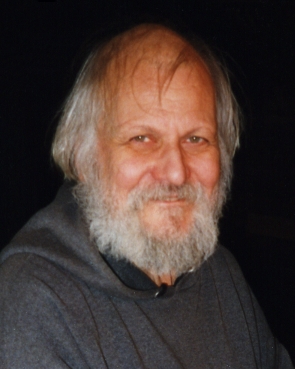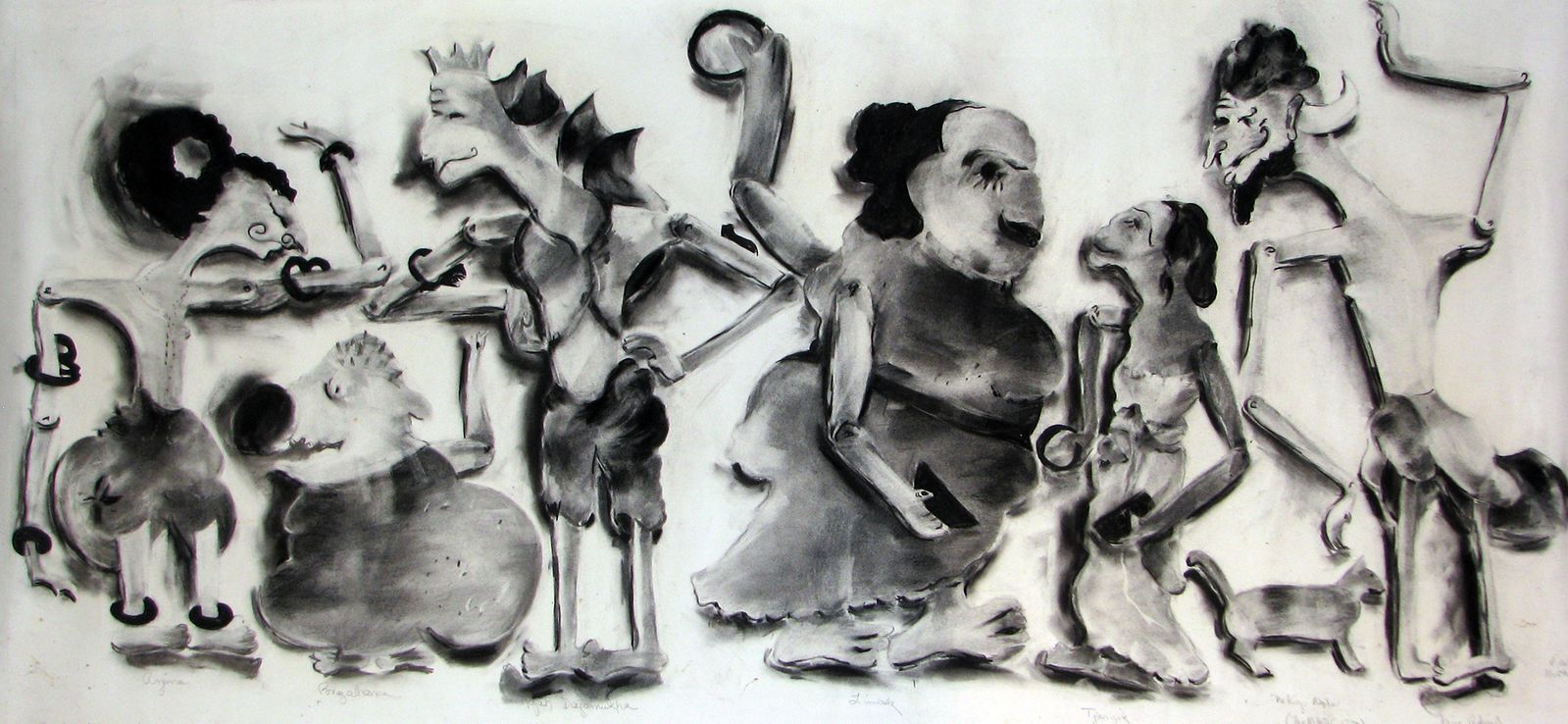

Obit. | Wikipedia | Story from Rick
Rick's Recollection as told at the Memorial:
A while ago, a longtime Goddard faculty member told me that he was on the committee that interviewed Dennis about a job in Goddard’s music department. He remembered telling Dennis, “You seem like a really hip fellow…you’ll fit right in here,” to which Dennis responded quizzically, “I’m not sure I understand….what do you mean ‘hip’????” This was the late sixties, and even in the midst of a time and place where non-conforming behavior was the rule, Dennis marched to his own ketuk, kenong, kendang or any other exotic percussion instrument you could name.
I was first pulled into Dennis’ orbit in the winter of 1970, when I was one of many non-students hanging around the campus. A year earlier, I had listened to gamelan music for the first time, an experience that for some people an ethnomusicologist on NPR recently compared to “falling down the rabbit hole.” I couldn’t believe the news that there was a gamelan at Goddard and after seeing my first shadow play in the Greatwood Dining Room, I showed up to take the winter term course a few weeks later. A lot of other people had the same idea, and I just knew, with a sinking feeling, that the teacher would likely say, “Well, there are too many people here, so I have to know how many of you are actually enrolled.” Instead, the first words from Dennis were, “Wow, what a big group…Guess I’ll have to build some more instruments.”
In that one sentence, there was revealed to me the essence of Dennis, an inclusivity and a passion for making the joy of music available to as many people as possible. He took to heart the Indonesian notion that making music and creating art were not an exalted property of the few but everyday occurrences, a vital part of the texture of village life. In that C Basement space (and later in the Music Building), Dennis created a hallowed space (presided over by his personal deity, the Venerable Sir Thoom), in which not only the mellow sounds of the gamelan were heard, but the sounds of South Indian vocal music, PVC flutes and other hand-made instruments, and the compositions of a mixed student-faculty musical group called the Academia Nuts.
My favorite memory from this time involved a day when Dennis came in with a cat-that-swallowed-the-canary grin, and said, “I’ve got a new piece” and proceeded to write the notation on the board. He then produced a tape recorder and confessed that he was playing a practical joke on a fellow ethnomusicologist. We would record the tune, he would tape it and send it on. The tune in question turned out to be “Swanee River,” which we gave the full Javanese treatment, full of rippling sounds and mellow gong tones – and even a switch midway to the minor pelog mode.
This playful aspect of Dennis’ character was never far from the surface, enough so that it was a surprise to many that his graduate thesis from Wesleyan University is in the library of the Indonesian Embassy in Washington, and that he was esteemed by the likes of American composer Lou Harrison for introducing the concept of village, i.e. homemade, gamelan, to America. In place of bamboo resonators were Maxwell House coffee cans, and for percussion there was the Buick hubcap ketuk and the upside-down bulk milk strainer kenong – all with a batik print in front of the instruments, hiding Dennis’ ingenious gerry-rigging.
I remember that after a few weeks in the gamelan class I told my parents, “I think I’ve met my first authentic mad genius.” Over the years, as I got to know other sides of Dennis, I had to change the terminology from “mad” to “extraordinarily grounded but gloriously, extravagantly idiosyncratic” but never had to reconsider the “genius” part. Whatever the terminology, the fact is that it’s 40 years later and I still haven’t met my second one. Getting to know this remarkable person first as a mentor and then as a collaborator and friend has been one of the great privileges of my life.